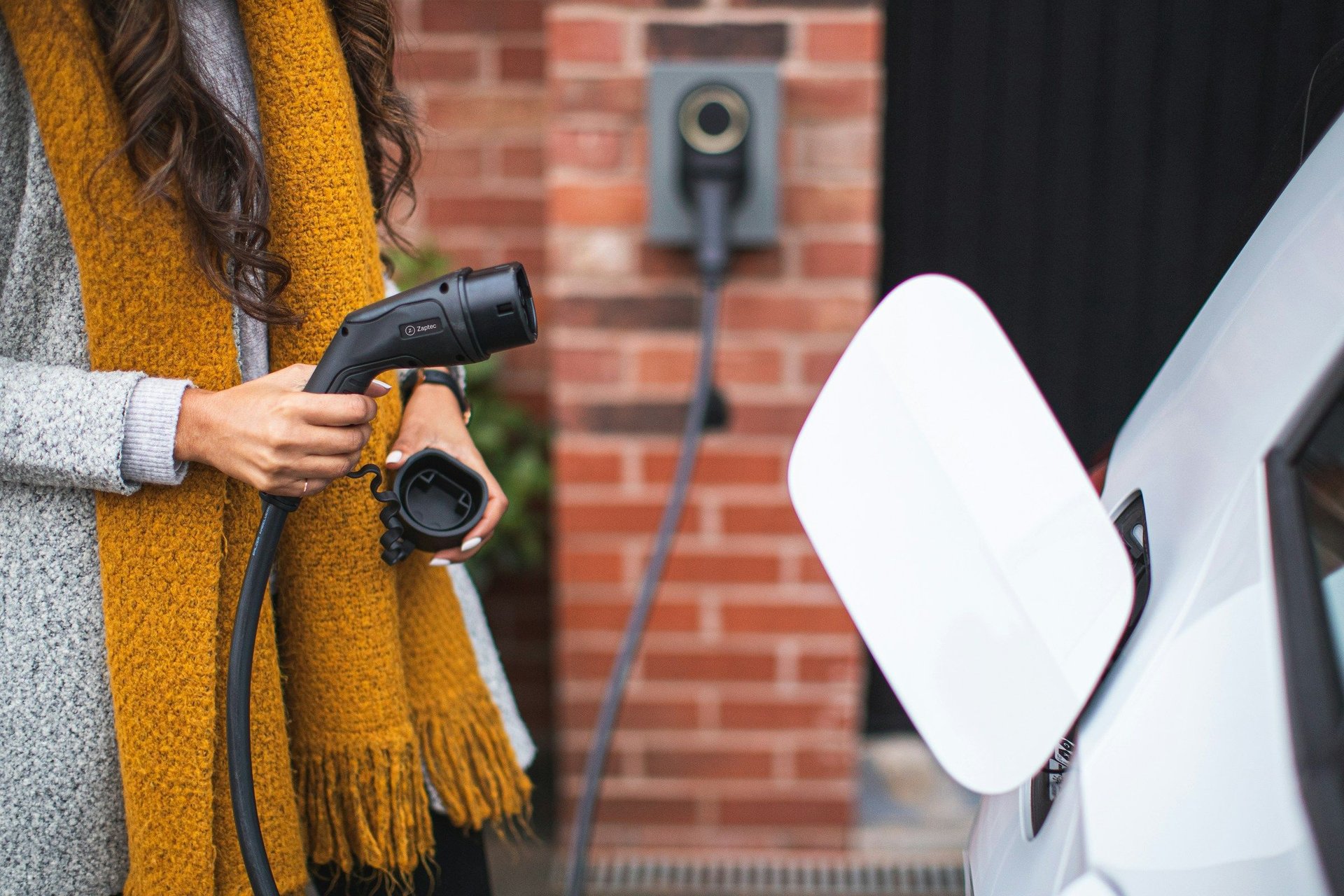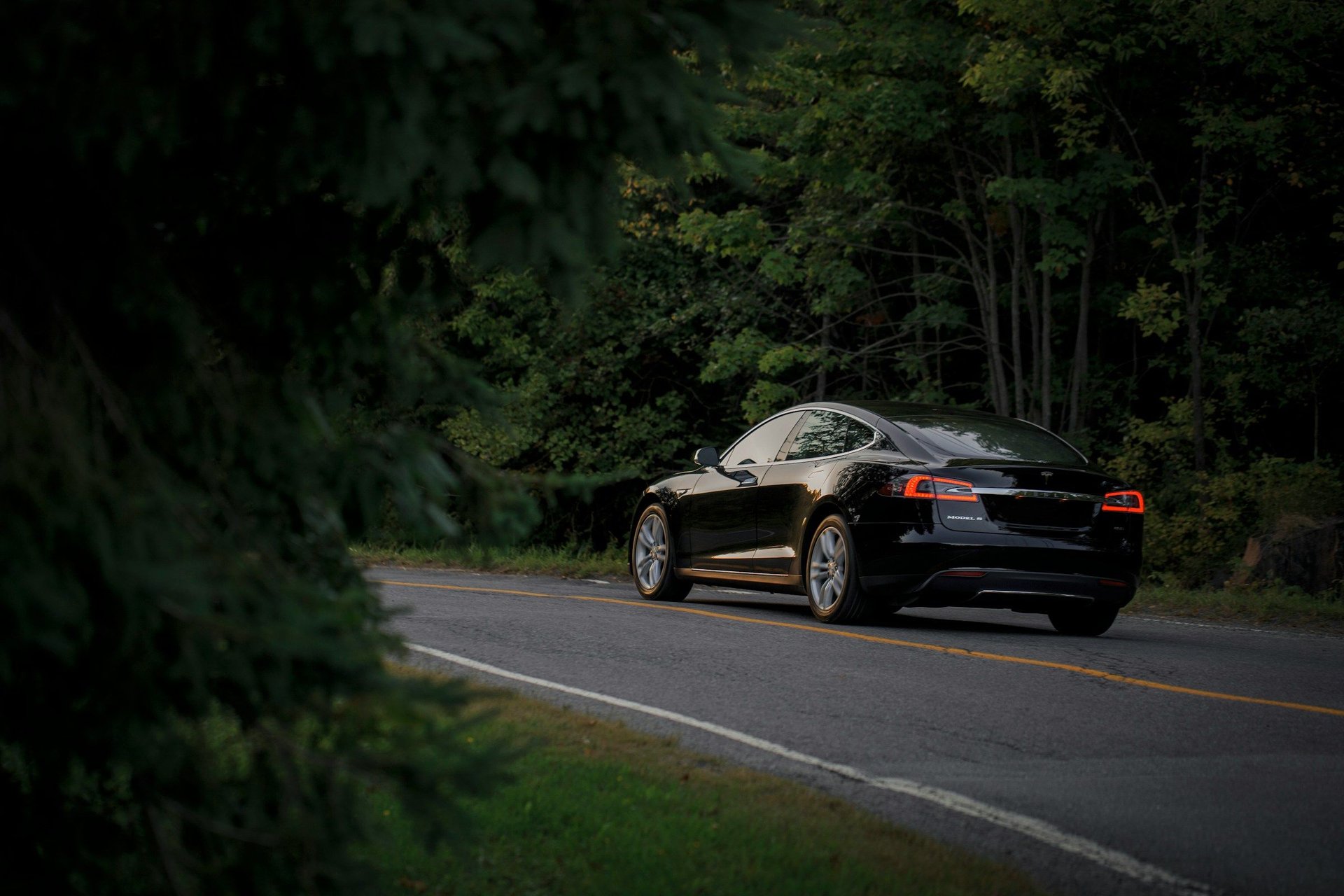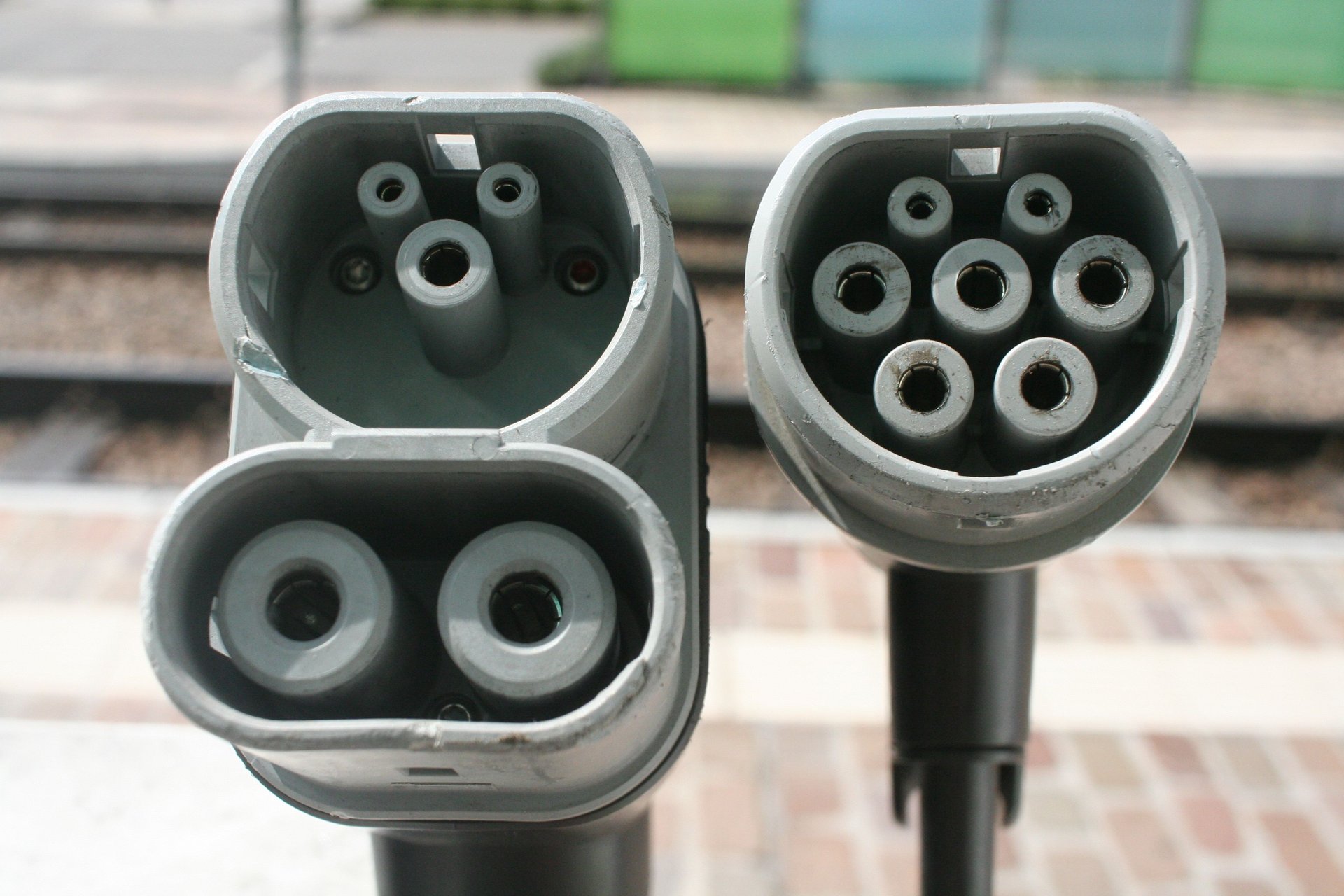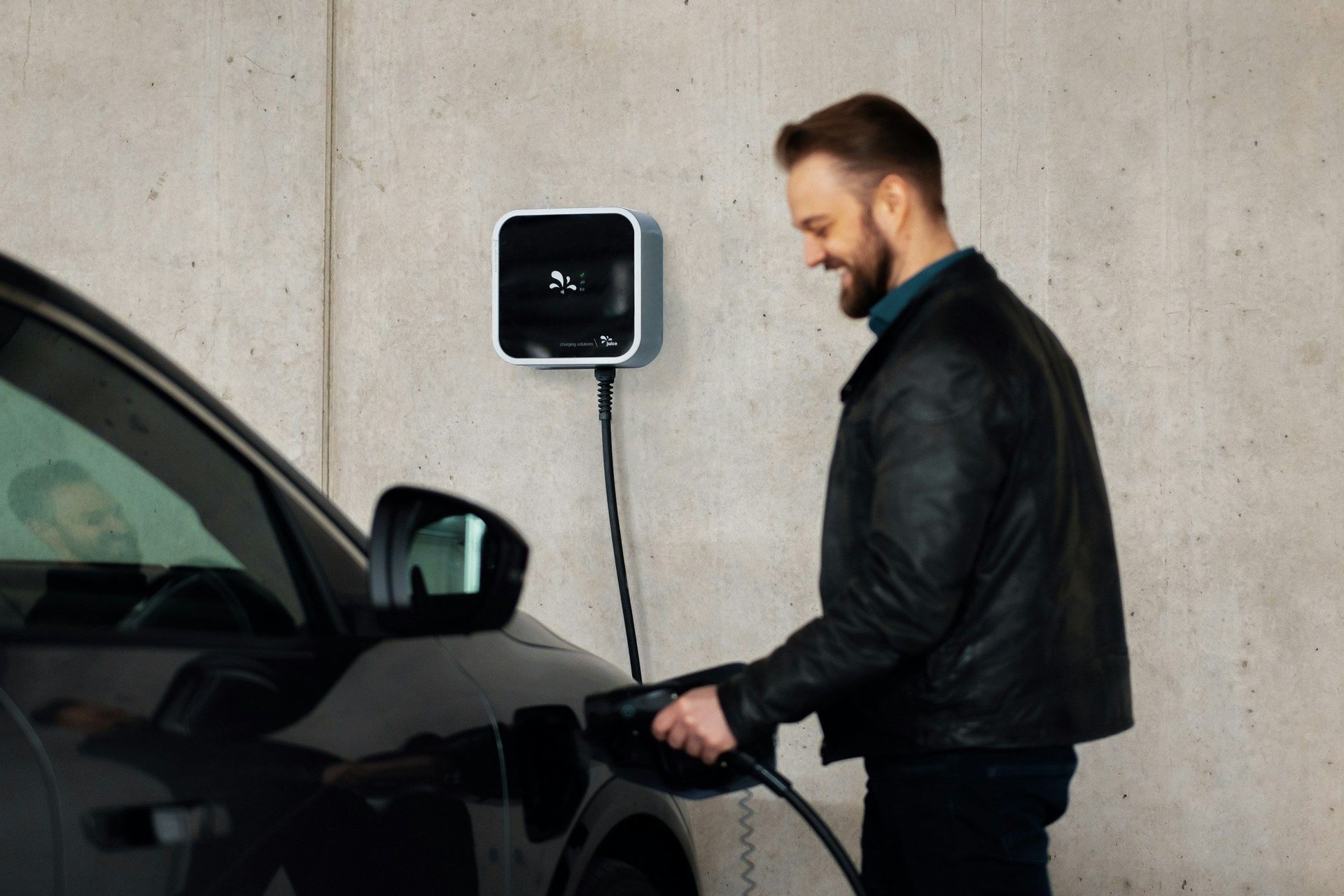EV ownership comes with unique challenges, but most drivers didn’t anticipate these five surprising issues.

Convincing the motoring public to drive electric has been an uphill battle. Although most people agree that curbing greenhouse gas emissions on the road benefits the environment and human health, selling sustainability isn’t straightforward.
High up-front costs, range anxiety, limited model options, and scarce public charging infrastructure were early barriers to adoption. These factors made many car buyers think twice before embracing EV ownership.
Eventually, pure-play EV companies and traditional auto brands addressed the main criticisms against electric cars enough to influence public sentiment. Increased production flooded the market with enough supply. EV range has skyrocketed due to advancements in battery technology, while model availability and public charging networks have expanded. EV sales spiked as consumer confidence and interest in hybrid and zero-emission cars rose.
Then came concerns about steep maintenance fees associated with the complexity of EV repair. The shortage of qualified mechanics drives up labor costs, and limited replacement component sources also prolong repair times. These factors render broken EVs out of service for extended periods and make them financially draining to repair.
In 2024, the perception of expensive battery replacement became the top deterrent to EV ownership among consumers in the United States, making 27% of potential first-time buyers think twice about purchasing one.
Electric vehicle adoption continues despite buyer reservations and owner concerns. Hybrids have gained traction as a compromise solution, offering a stepping stone to full electric adoption. Automakers have deployed winning strategies to calm skeptics, including highlighting that EV batteries lose only about 1.8% of their capacity yearly and offering 100,000-mile or eight-year battery warranties.
However, as more consumers adopt electric vehicles, stories of unexpected ownership challenges have emerged, giving potential buyers pause. Some issues are merely inconvenient, while others have made national headlines. Here are five problems EV owners have encountered.
2 / 6
1. Phantom braking

Many EVs come equipped with advanced driver assistance systems that can cause sudden, unexpected braking during trips — an experience many drivers encounter for the first time in electric vehicles. Features like traffic-aware cruise control and automatic emergency braking sometimes activate without cause, though the same issue can occur in gas-powered cars with similar technology.
These systems mistake shadows, sun glare, and other harmless environmental factors for obstacles. While manufacturers can issue software fixes, the unsettling experience often leaves drivers wary of the technology.
3 / 6
2. Noiseless driving

Aditya Panchal | Unsplash
While drivers expect electric motors to be quieter than gas engines, many are startled by how soundless EVs actually are, particularly at slower speeds.
The Mercedes-Benz EQS registers just 65.3 dB at 74.6 mph — slightly louder than typical conversation. The lack of engine noise creates safety hazards for pedestrians, cyclists, and individuals with visual impairments who rely on audio cues to detect oncoming traffic. Many countries now require EVs to emit artificial sounds at low speeds.
4 / 6
3. Pest invasion

Paul Sladen | Wikimedia Commons
EV home charging stations located inside garages tend to attract insects that thrive in warm, enclosed environments. Bugs like spiders and carpet beetles lay about 100 eggs at a time, so countless hatchlings can swarm electronic devices that can get toasty after operation. Rodents love gnawing on cords to keep their continuously growing incisors in check. Mice may target EV charging cables for their stiffness.
Even outside of home charging stations, some EV owners have reported finding insects making their homes in public EV charging ports, likely drawn in by the electrical charge. Pest damage can be a significant expense for EV maintenance that most owners realize too late.
5 / 6
4. Disregard for public charging etiquette

EV public charging etiquette is ever-evolving, but many agree that unplugging someone else’s vehicle without the owner’s permission is rude. Using charging bays solely for parking and not moving EVs promptly once they are fully charged is also disrespectful.
Unspoken rules spread slowly by nature, and social norms take time to take root. Although many EV owners are situationally aware and considerate of others, some drivers can make public charging an infuriating experience.
6 / 6
5. Battery fire hazards

Dominik Sostmann | Unsplash
Some EV models have spontaneously combusted while charging or parked, separate from any collision. EV batteries can experience thermal runaway, where a cell overheats and triggers a chain reaction that leads to uncontrollable temperature escalation.
Additionally, while any vehicle can catch fire in an accident, EVs present unique post-crash fire dangers. Tesla’s Cybertruck recorded a fire fatality rate of 14.52 per 100,000 units in its first year — significantly higher than the Ford Pinto’s rate of 0.85 per 100,000 during its production run, according to an analysis by FuelArc News.
